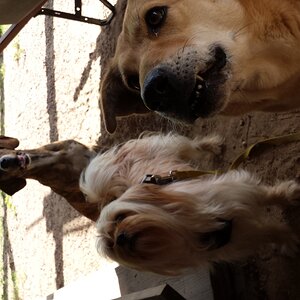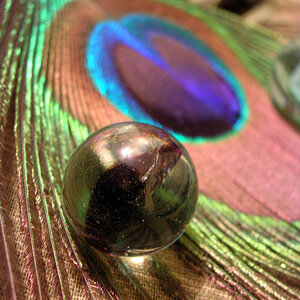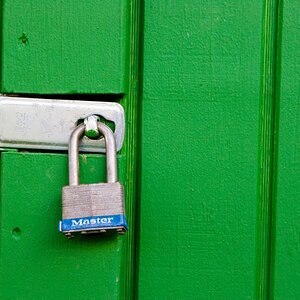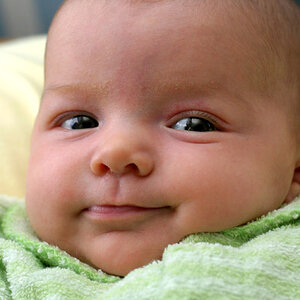RVsForFun
TPF Noob!
- Joined
- Mar 20, 2007
- Messages
- 188
- Reaction score
- 1
- Can others edit my Photos
- Photos NOT OK to edit
Editing every photo is a function of professional photography. And you can certainly achieve the same sharpness when shooting RAW that you see in your JPEGs. Remember that a RAW file has none of the conversion properties (sharpness, color balance, compression) applied to it. YOU have to make these decisions in your computer since it wasn't done in the camera for you. RAW's not bad, it gives you more to work with (16 bits of data), but it does require more processing by hand.
I am very new to RAW and have a couple questions also.
I have my Canon 30D set to 3 sharpness now for jpegs.
I noticed that when i dump down the RAW and jpegs, that the jpegs looks MUCH better than the RAW files.
I assumed this was due to the jpegs being sharpended by the camera.
I must be missing something though.
When I dump the RAW images to my computer, I think they were only about 8 to 9MB.
I simply drag and drop them into PS for editing.
I never saw a separate screen for conversion, it just opens the photo like it would a jpeg.
I know I have CS, pretty sure its CS2.
Is this still ok? Can I just open it like that, edit it, then save it as a Tiff?
Or, should I somehow be making it a Tiff first, then edit it?
I am not that good at PS, so I have not wanted to shoot RAW much at all.
I find that the cameras jpegs look better than what I can do with the RAW files.
I also think its a bit silly to have to edit every photo, and it seems you HAVE to edit a RAW file for it to look good.
~John


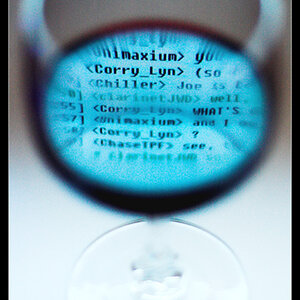
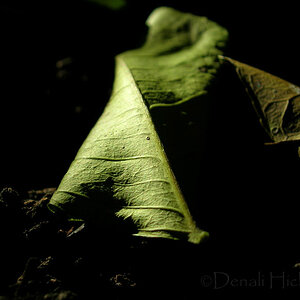
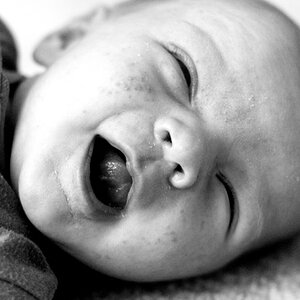
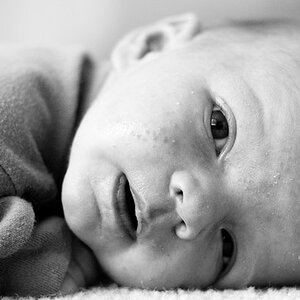

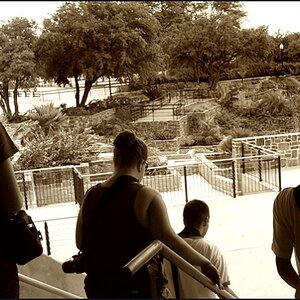
![[No title]](/data/xfmg/thumbnail/37/37660-eb4529b6ea38a042c4e9b64866178d7b.jpg?1619738174)
